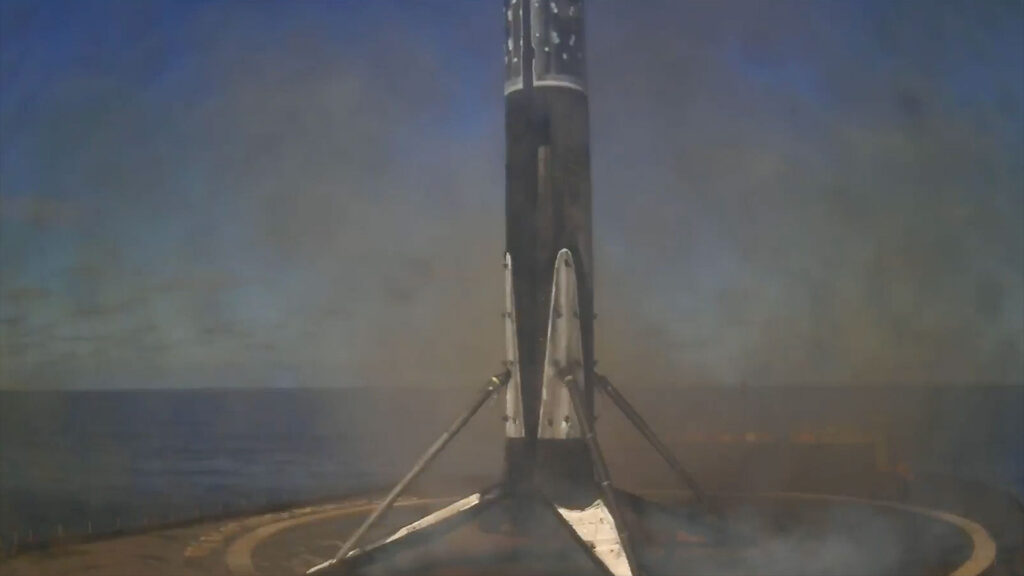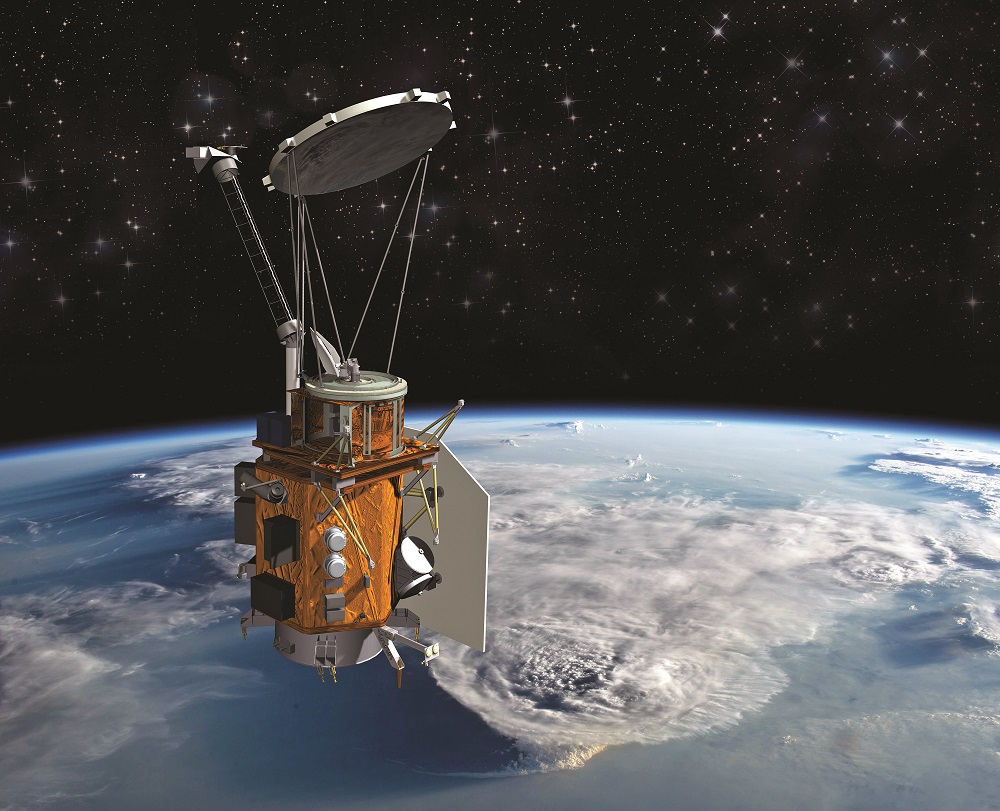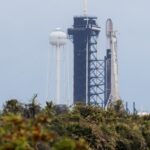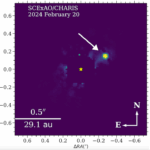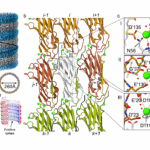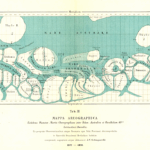Now Reading: Japan targeting June 28 for launch of GOSAT-GW on 50th and final liftoff of the H-2A rocket
-
01
Japan targeting June 28 for launch of GOSAT-GW on 50th and final liftoff of the H-2A rocket
Japan targeting June 28 for launch of GOSAT-GW on 50th and final liftoff of the H-2A rocket
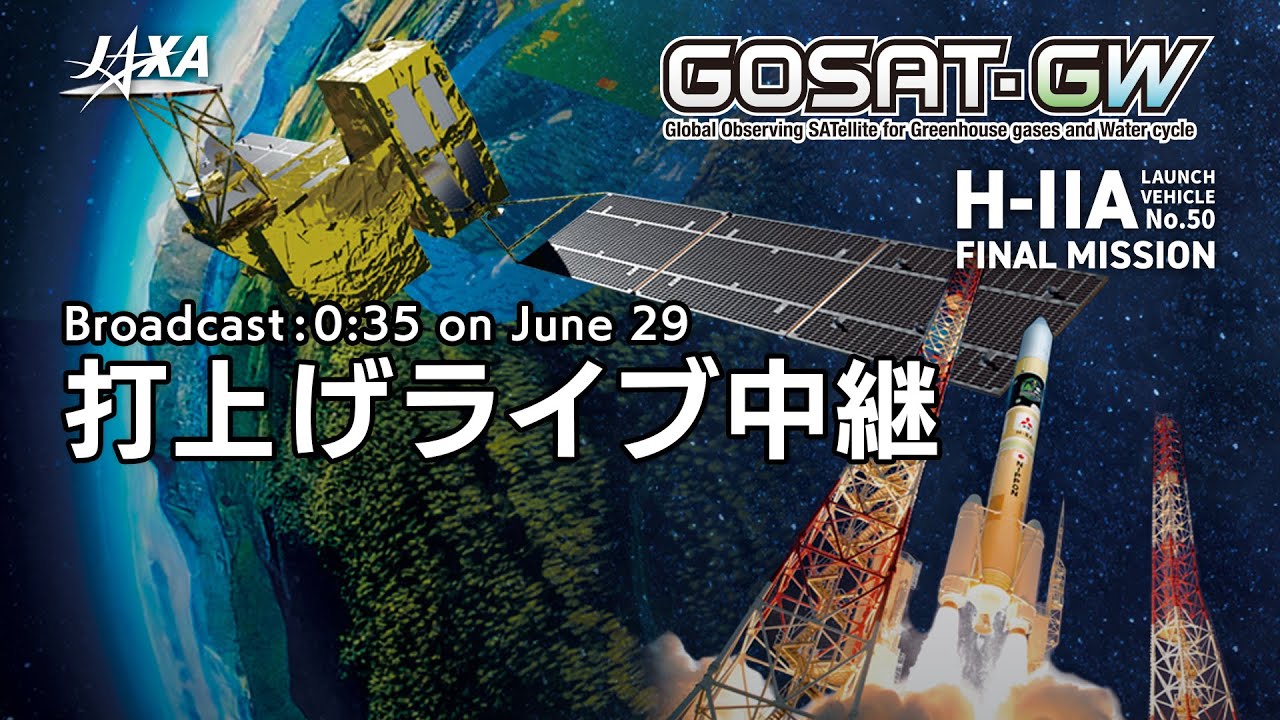

Japan is poised to launch a dual-purpose satellite to monitor sea temperature and greenhouse gases.
The Japan Aerospace Exploration Agency (JAXA) is targeting Saturday (June 28) for the 50th and final launch of its H-2A rocket, which will take the GOSAT-GW dual-purpose satellite to space. The mission will lift off from Yoshinobu Launch Complex (LP-1) at the Tenegashima Space Center in Japan during a 20-minute launch window beginning at 12:33 p.m. EDT (1633 GMT; 1:33 a.m. June 29, local time in Japan).
JAXA will livestream the launch from its mission website as well as on YouTube. Space.com will also carry the broadcast at the top of this page.
The Greenhouse Gas and Water Cycle Observation Satellite (GOSAT-GW) is the latest in Japan’s efforts to observe changes in water cycles and greenhouse gases. GOSAT-GW will join its predecessors in Earth orbit: GCOM-W2, which launcher in 12 and is known as “SHIZUKU,” and GOSAT-1, which launched in 2009 and is known as “IBUKI.”
GOSAT-GW is equipped with two main instruments.
The first is known as the Advanced Microwave Radiometer (AMSR), and will measure water cycles and fluctuations in sea surface temperatures. The second is the Greenhouse Gases Observation Sensor (TANSO), and will monitor components such as carbon dioxide in Earth’s atmosphere to measure climate change.
Related Stories:
Japan’s H-2A rocket, built for JAXA by Mitsubishi Heavy Industries, is capable of launching payloads into a geostationary orbit around Earth and to orbit around the moon. It also launched the Akatsuki spacecraft to study Venus in 2010, though the spacecraft failed to properly enter Venusian orbit.
H-2A first launched in 2001. During its nearly 25 years in operation, the rocket has experienced only a single launch failure, giving the vehicle a 98% success rate. After 50 missions, the launch vehicle is being retired to make way for Japan’s H3 rocket, which offers comparable performance at a lower cost.
Stay Informed With the Latest & Most Important News
Previous Post
Next Post
-
 012024 in Review: Highlights from NASA in Silicon Valley
012024 in Review: Highlights from NASA in Silicon Valley -
 02Panasonic Leica Summilux DG 15mm f/1.7 ASPH review
02Panasonic Leica Summilux DG 15mm f/1.7 ASPH review -
 03How New NASA, India Earth Satellite NISAR Will See Earth
03How New NASA, India Earth Satellite NISAR Will See Earth -
 04And Thus Begins A New Year For Life On Earth
04And Thus Begins A New Year For Life On Earth -
 05Astronomy Activation Ambassadors: A New Era
05Astronomy Activation Ambassadors: A New Era -
 06From Polymerization-Enabled Folding and Assembly to Chemical Evolution: Key Processes for Emergence of Functional Polymers in the Origin of Life
06From Polymerization-Enabled Folding and Assembly to Chemical Evolution: Key Processes for Emergence of Functional Polymers in the Origin of Life -
07SpaceX launch surge helps set new global launch record in 2024












